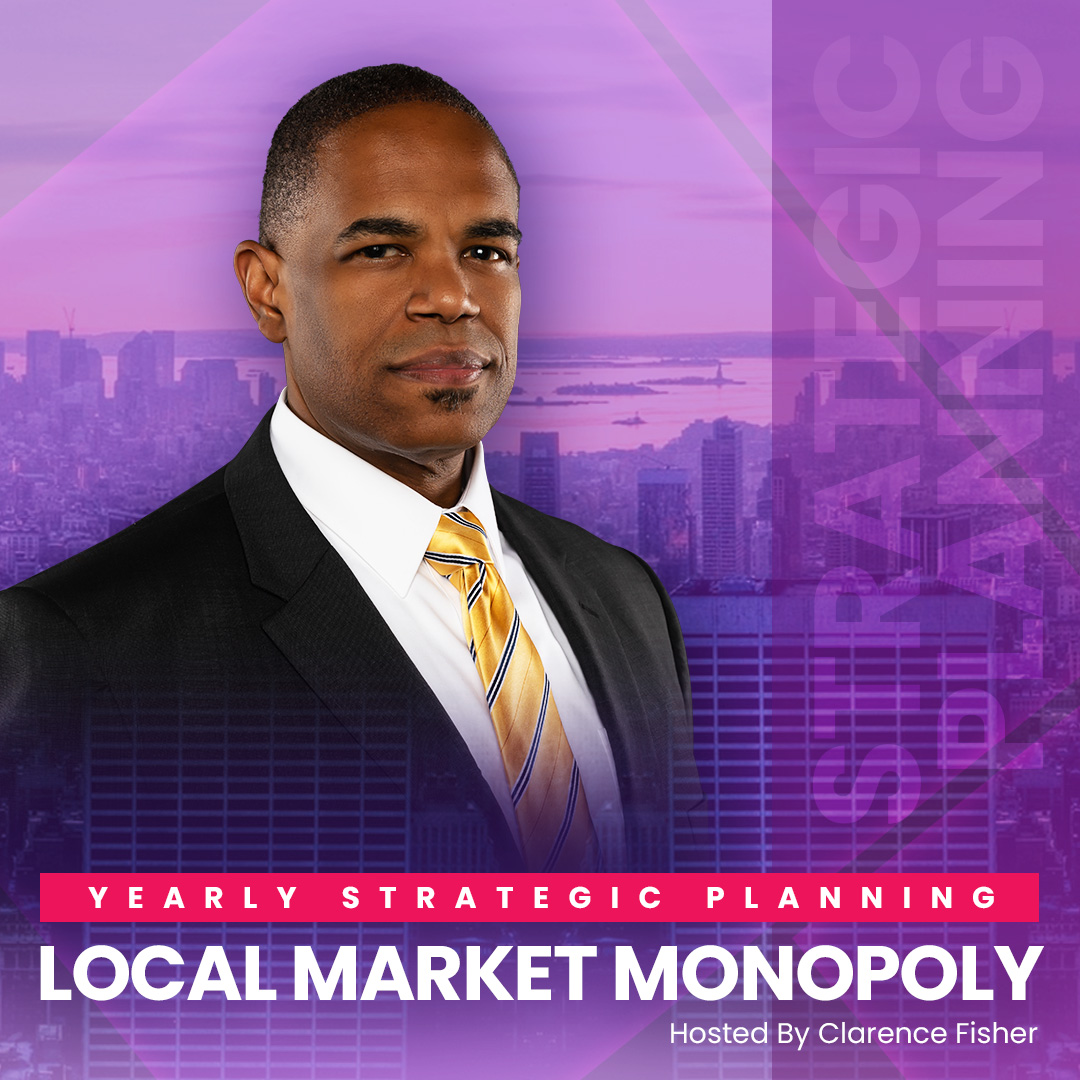What would happen if a small business owner didn't have yearly strategic planning?
The answer is simple: they wouldn't know where to start!
If you want to work smarter rather than harder and grow with purpose, actionable plan is necessary.
It works as a roadmap that is used to identify your strategic goals and objectives, as well as what needs to be done to achieve them.
In this week's episode, we'll discuss why strategic planning is important for small business owners, how to get started with your plan, and some resources that may help make the process easier. Listen now.










